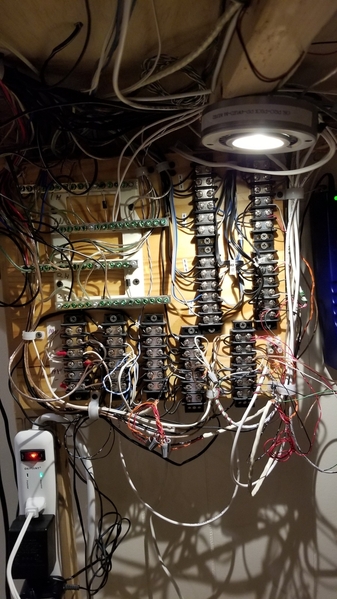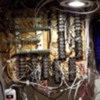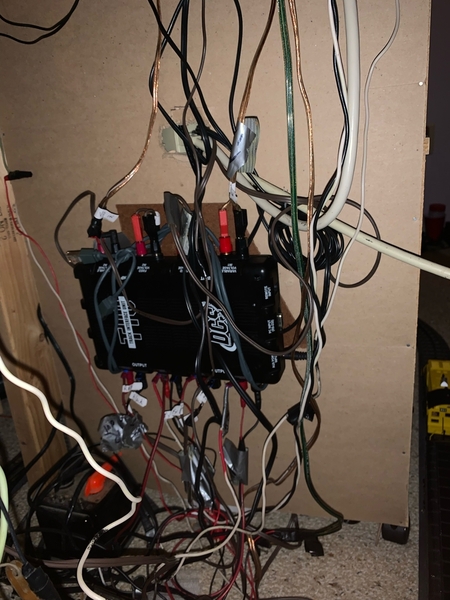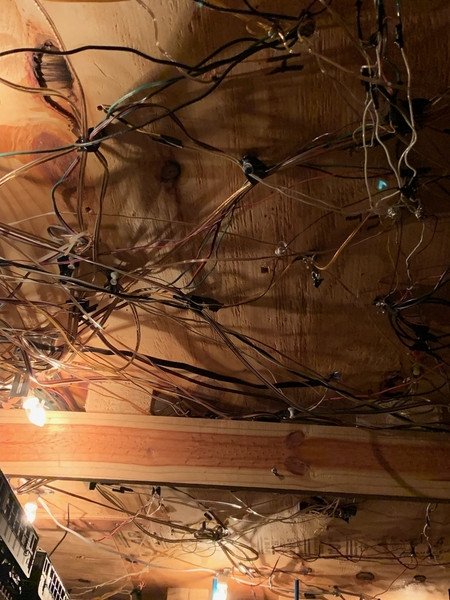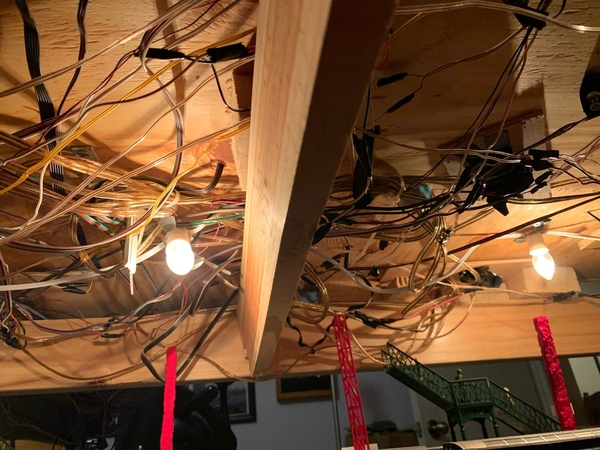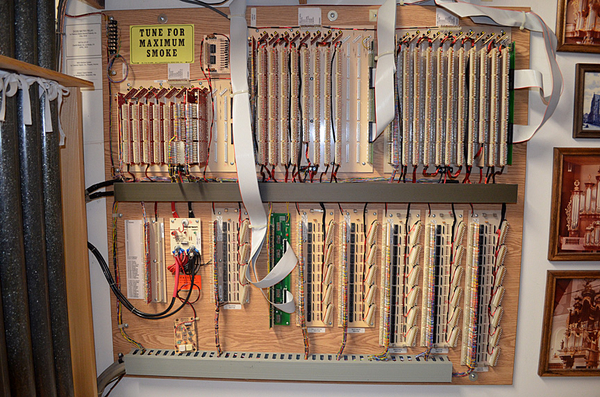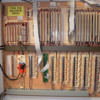There is a thing called "best practice" in most jobs. In wiring, it can mean that all wires are of one or two colors, but labelled with numbers (in the case of a harness that is pretty much permanent, and not subject to getting manipulated often) or the individual wires conform to an established color code (when you suspect or intend to go back into the harness and change things often.)
Other practices that can help you avoid the rat's nest syndrome include running all wires in straight lines, all along either horizontal or vertical directions. This means no wires just hanging about loosely or run diagonally.
Creating a modular approach also helps. That means taking as much real estate for your wiring scheme as you think you need, but also leaving adequate room for expansion. Take twice what you think you might need when you create the backboard, then add even more.
Make a drawing first, in some manageable scale, like 1/4" to a foot (remember that from somewhere?)
Use industry standard terminal strips, but once you decide what type and size, stay the course and don't mix-n-match.
GRJ's system illustrates these concepts perfectly. He uses screw terminals for the larger-gauge wiring and 66-type IDC terminal blocks (insulation displacement connections) for the smaller wires. Note the empty spaces for expansion.
When I installed large telephone systems for a living, it was not unusual to use a 4 x 8 plywood sheet for a relatively small system. It just made sense to grab as much real estate on a wall long before it became necessary to expand.
I had an old-world (from Germany) telephone company foreman who would go around inspecting wiring jobs. He would critique the jobs and expect them to be picture-perfect, like carefully-trained vines on a trellis. His favorite expression, made even more entertaining because of the accent, was "I vant it to look like it GREW dere."




